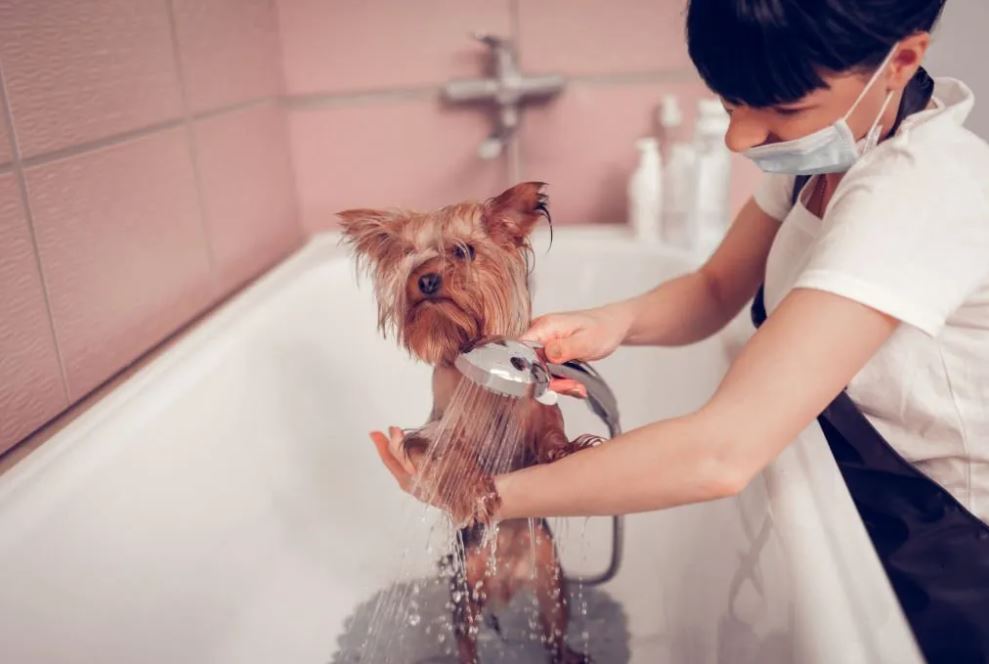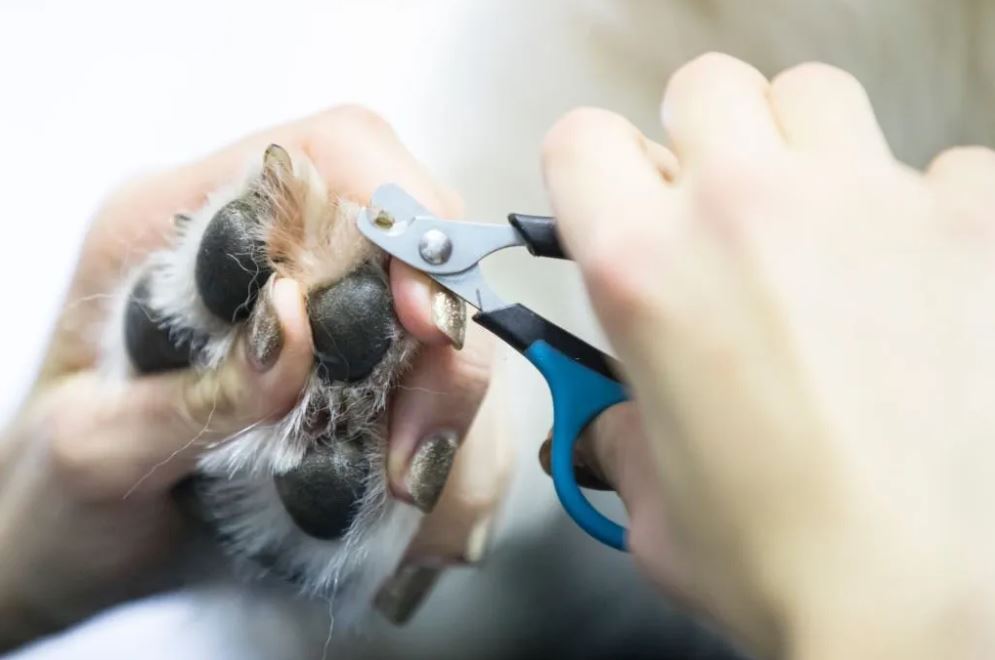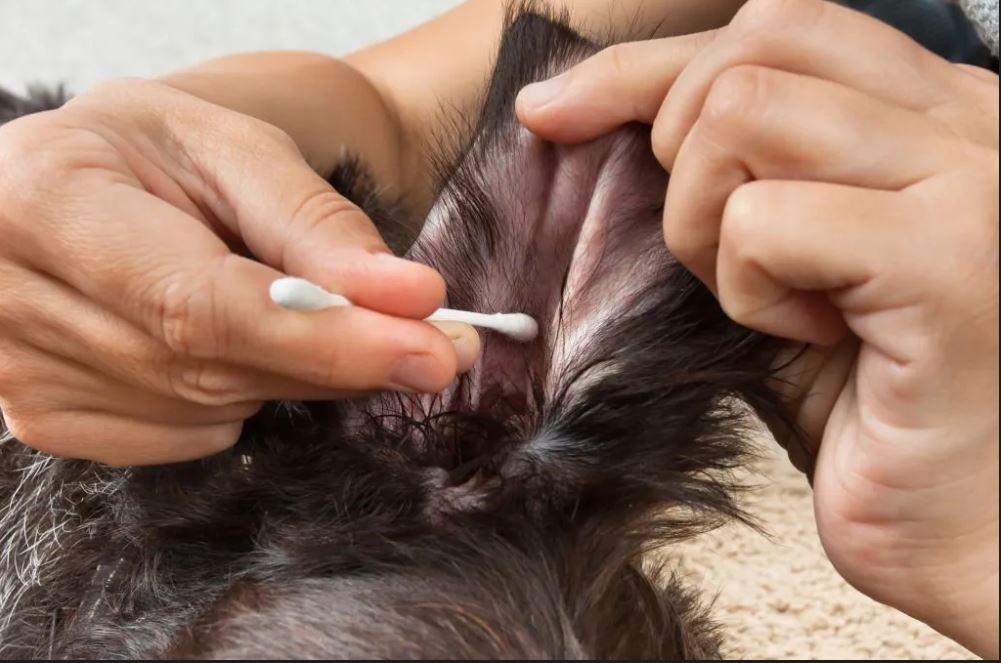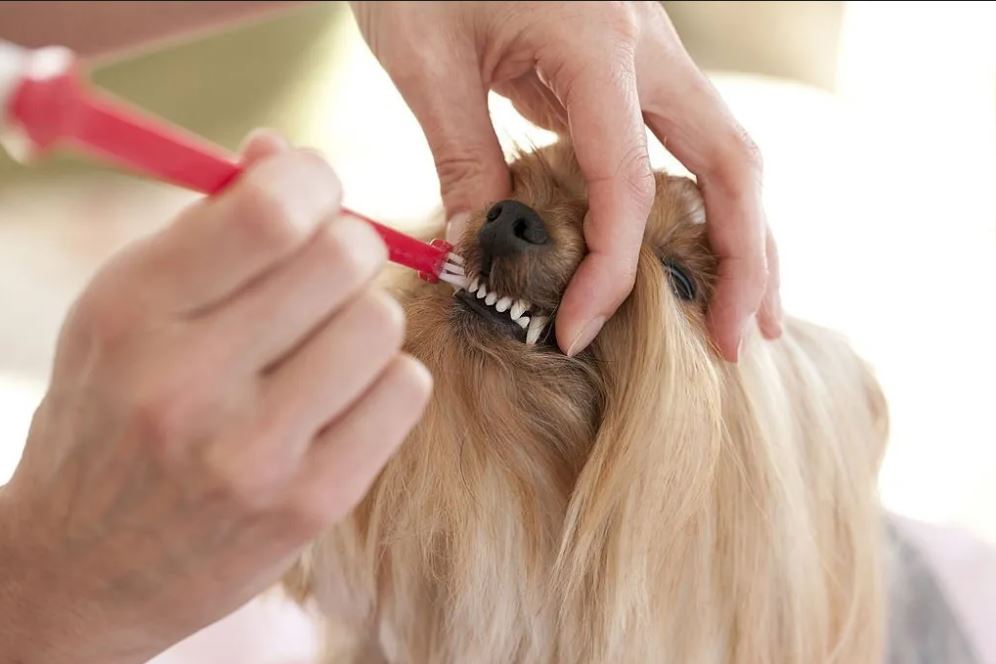Dog Grooming: The Dos and Don’ts
Dog grooming is not only a way to make your furry friend look good, but also a vital part of keeping them healthy, comfortable and happy.
However, grooming your dog at home can also be challenging and risky if you don’t follow some basic rules and precautions. Here are some dos and don’ts of dog grooming that will help you and your pup have a positive and safe experience.
Do’s of Dog Grooming:
- Brush your dog’s coat regularly to remove dirt, dead hair, dandruff and tangles, and to keep the skin and fur healthy. Brushing also stimulates blood circulation and gives you a chance to check for any signs of problems, such as fleas, ticks, cuts or lumps.
- Bathe your dog when they are dirty or smelly, but not too often, as it can dry out and irritate their skin and coat. Use a mild shampoo made for dogs and rinse well. Avoid getting water or shampoo in their ears, eyes or nose.

- Trim your dog’s nails every few weeks or whenever they get too long, as they can cause pain, injury and posture problems. Use a nail clipper or a grinder made for dogs and avoid cutting the quick—the blood vessel inside the nail. If you accidentally cut the quick, use styptic powder or cornstarch to stop the bleeding.

- Clean your dog’s ears, eyes and teeth regularly, as they can get infected or diseased if not taken care of. Use cotton balls, gauze, water, hydrogen peroxide, mineral oil or products made for dogs to clean them gently. Never insert anything into your dog’s ear canal or use human eye drops or medications on your dog’s eyes without consulting a vet first.

- Brush your dog’s teeth at least once a week with a toothbrush and a toothpaste made for dogs. This will help prevent plaque, tartar, gingivitis and tooth loss. You can also provide your dog with dental chews, toys and treats that help clean their teeth and gums.

- Clean your dog’s ears, eyes and teeth regularly, as they can get infected or diseased if not taken care of. Use cotton balls, gauze, water, hydrogen peroxide, mineral oil or products made for dogs to clean them gently. Never insert anything into your dog’s ear canal or use human eye drops or medications on your dog’s eyes without consulting a vet first.
- Choose the right brush or comb for your dog’s coat type and length. Long-haired dogs need pin brushes or slicker brushes to detangle their fur, while short-haired dogs need bristle brushes or rubber curry combs to polish their coats.
- Make grooming a positive and rewarding experience for your dog by using treats, praise and gentle handling. Start slowly and gradually increase the duration and intensity of grooming sessions. Avoid grooming your dog when they are scared, stressed or uncomfortable.
- Check your dog’s coat, skin, nails, ears, eyes and teeth for any signs of problems, such as fleas, ticks, mats, cuts, lumps, redness, discharge or odor. If you notice anything unusual or concerning, contact your vet as soon as possible.
Don’ts of DOG Grooming:
- Use human brushes, combs, shampoos, eye drops or medications on your dog, as they may be too harsh or toxic for them. Always consult a vet before using any products on your dog that are not made for dogs.
- Force your dog to groom if they are not willing or cooperative. Respect your dog’s limits and preferences and never punish them for being afraid or reluctant to groom.
- Cut or shave your dog’s coat without proper knowledge or guidance. Some breeds have double coats that protect them from heat and cold and should not be shaved. Cutting or shaving your dog’s coat can also cause skin problems, infections or sunburns.
- Pull or tug on your dog’s hair or skin while grooming. This can cause pain, discomfort and damage to their coat and skin. Always be gentle and careful when brushing, combing or clipping your dog’s fur.
- Ignore any signs of discomfort or distress from your dog while grooming. If your dog is whining, panting, shaking, licking their lips or trying to get away from you while grooming, stop immediately and try to calm them down. You may need to take a break or end the session if your dog is too stressed or unhappy.
- Hesitate to seek professional help from a groomer or a vet if you are not confident or experienced in grooming your dog at home. They can provide you with tips, advice and services that will make grooming easier and safer for you and your pup.
Conclusion
Grooming your dog at home can be a rewarding and bonding experience for both of you if you follow some basic dos and don’ts. By brushing, bathing, trimming and cleaning your dog regularly and properly, you can keep them looking and feeling their best. However, if you encounter any difficulties or doubts while grooming your dog at home , you can always seek professional help from a groomer or a vet who can assist you with your grooming needs.
We appreciate your readership and unwavering support for the cause. Together, let’s champion the preservation of these incredible adaptations, ensuring a future where nature’s wonders continue to inspire and thrive.
“EVERY LIFE MATTERS – TAKE A STAND AND SAVE ANIMALS FROM EXTINCTION”
Thank you for reading hope you like the article!
Do Comment, Share and Subscribe Articles Palace!
Have a great Day!
Cheers!
I clean my dog’s eyes twice daily. We brush her teeth every night. She never has “dog’s breath”.